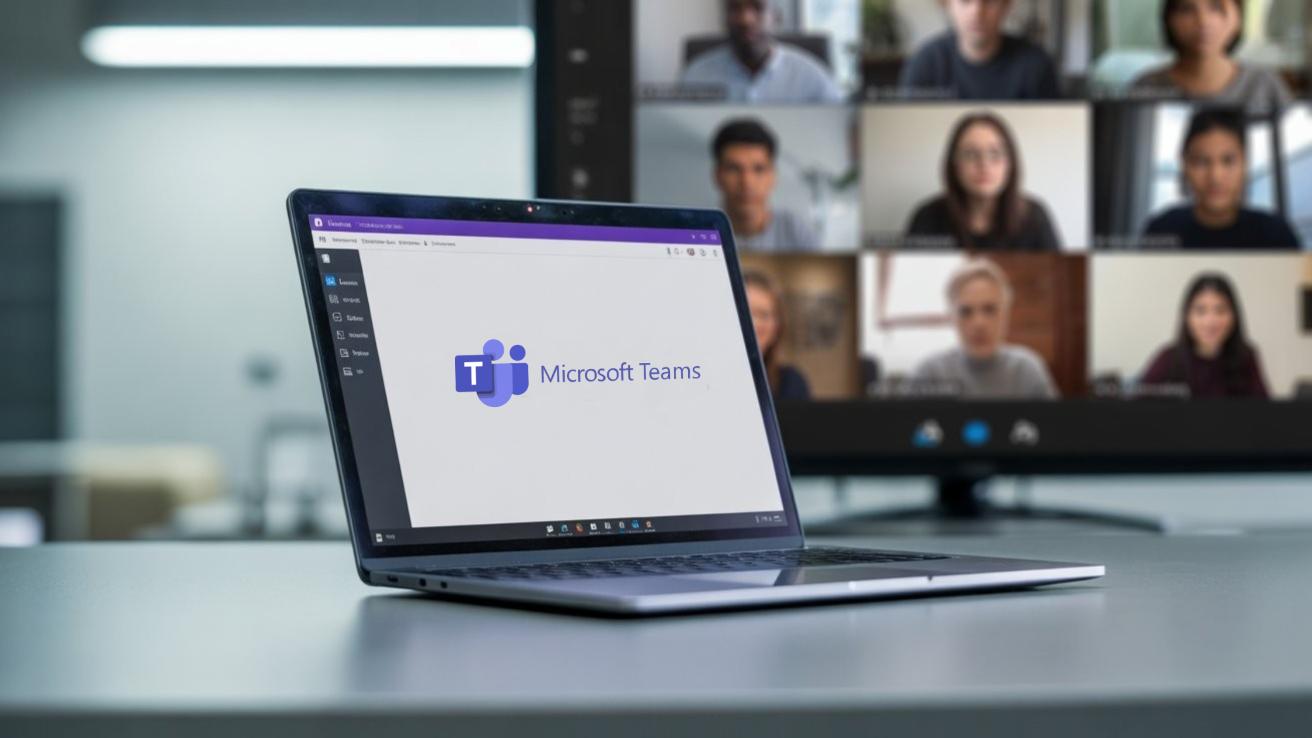Accessible Video Conferencing: Captions, Cameras & Layouts

Accessible Hybrid Meetings: Captions, Cameras and Room Layouts
Hybrid working is now the backbone of modern collaboration. Teams no longer gather exclusively in one office or one location; instead, they connect through a blend of physical meeting rooms and digital platforms. Yet for all its advantages, this model exposes a critical challenge: accessibility.
Accessible video conferencing ensures every participant—regardless of ability, location, or role—can contribute fully. Without it, organisations risk leaving valuable voices unheard, undermining both collaboration and culture.
From live captions to intelligent cameras and room layouts designed for inclusion, creating accessible hybrid meetings is less about nice-to-have features and more about business-critical priorities.
Why Accessibility Matters in Hybrid Collaboration
Accessibility in meetings is about far more than compliance. It’s about fostering equity. Every participant should have the same opportunity to follow the discussion, contribute meaningfully, and feel included.
When accessibility is overlooked, organisations face hidden costs: disengagement, slower decision-making, and a fractured team culture. Conversely, accessible spaces align with broader digital workplace strategies, where human experience is placed at the heart of technology.
Hybrid teams that prioritise accessibility also strengthen inclusivity. They signal to employees, clients, and partners that diverse perspectives are not just tolerated but actively valued.
The Role of Captions in Hybrid Meetings
Captions have become a cornerstone of accessible video conferencing. For individuals who are deaf or hard of hearing, they are essential. For everyone else, they provide additional clarity in noisy environments, during poor audio connections, or when participants are speaking in different accents.
Platforms such as Microsoft Teams now provide real-time captioning that automatically transcribes speech. When paired with recording and translation features, captions create a more inclusive, global environment where no participant is disadvantaged by language or technical issues.
Captions also support retention. A transcript of the conversation ensures no one misses critical details and can revisit points later—an important factor for productivity as well as accessibility.
Smart Cameras and Inclusive Visuals
Audio accessibility is just the beginning. Visual accessibility is equally important. Remote participants often struggle when cameras capture only part of a room, leaving them disconnected from in-room dynamics.
AI-driven cameras are solving this problem. By tracking active speakers, automatically framing participants, or splitting video feeds for large groups, smart cameras replicate the sense of presence that remote attendees need to feel included.
These innovations align with the growing demand for video conferencing features that matter, where usability and inclusivity drive decision-making more than technical specifications alone.
An inclusive video feed ensures no one is left squinting at a distant table or missing non-verbal cues that are often critical to understanding context.
Room Layouts That Encourage Inclusion
Technology can do much of the heavy lifting, but physical room design plays an equally pivotal role in accessible hybrid meetings. Considerations include:
- Acoustics: Poor sound undermines even the best microphones. Soft furnishings and wall treatments can make speech clearer for all.
- Sightlines: Every participant in the room should be visible to remote colleagues. Horseshoe or U-shaped seating arrangements often work best.
- Multiple screens: Placing displays strategically ensures that both remote participants and shared content are visible from every seat.
- Accessible entry points: Physical accessibility matters too—wheelchair access, adjustable furniture, and thoughtful layouts send a powerful message about inclusion.
Room design should never be treated as an afterthought. It is as much a part of collaboration infrastructure as software licenses or hardware installations.
Bringing It All Together
Accessible hybrid meetings emerge when technology and space design converge. Live captions provide clarity. Smart cameras replicate presence. Well-designed rooms foster fairness. Together, these elements ensure that every participant—remote or in-person—feels equally included.
For many organisations, the journey begins with recognising that traditional meeting rooms were not built for hybrid collaboration. Adjusting legacy systems is no longer enough. Instead, organisations must rethink their approach entirely, combining inclusive practices with the right tools.
Accessibility is not just about making participation possible. It’s about making it meaningful.
Moving Towards Inclusive Meetings That Work for Everyone
Businesses that embrace accessibility are not only doing the right thing—they are building more productive, engaged, and resilient teams. Creating meeting equity through accessible design unlocks better collaboration and helps attract and retain top talent.
At Bridgehampton, we work with organisations to design and deliver spaces where accessibility is built in, not bolted on. From rethinking layouts to implementing Microsoft Teams Rooms with intelligent cameras and live captioning, we help businesses unlock the full potential of hybrid collaboration.
If you’re ready to ensure every meeting is as inclusive as it is effective, start exploring how your workplace can evolve. Visit Bridgehampton or connect with us directly via our contact page. Together, we can create hybrid meeting spaces where every voice is heard and valued.
